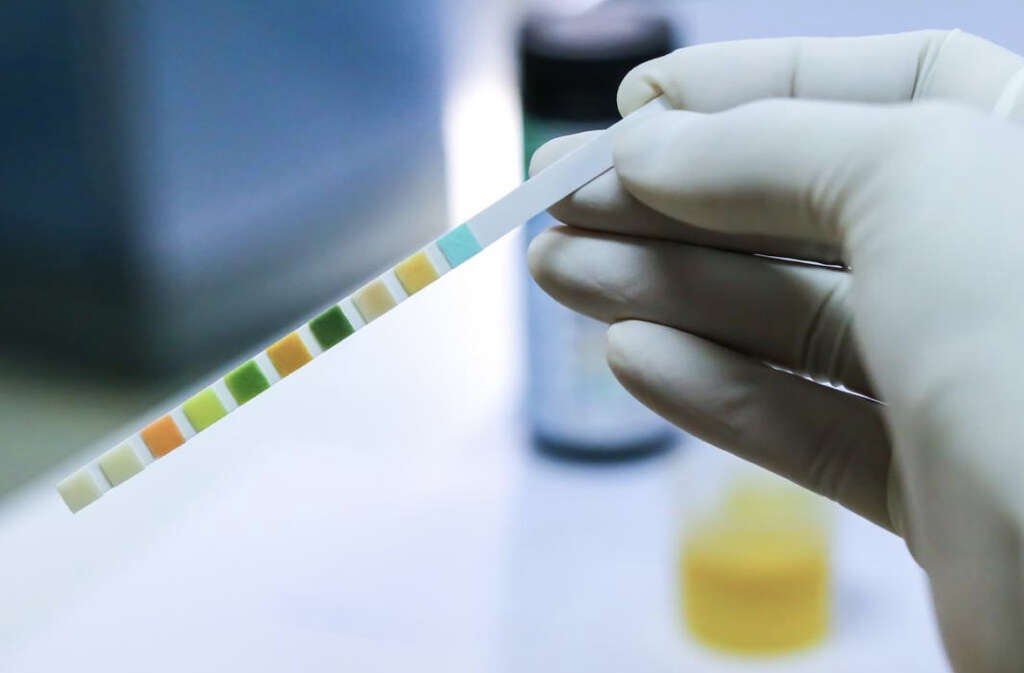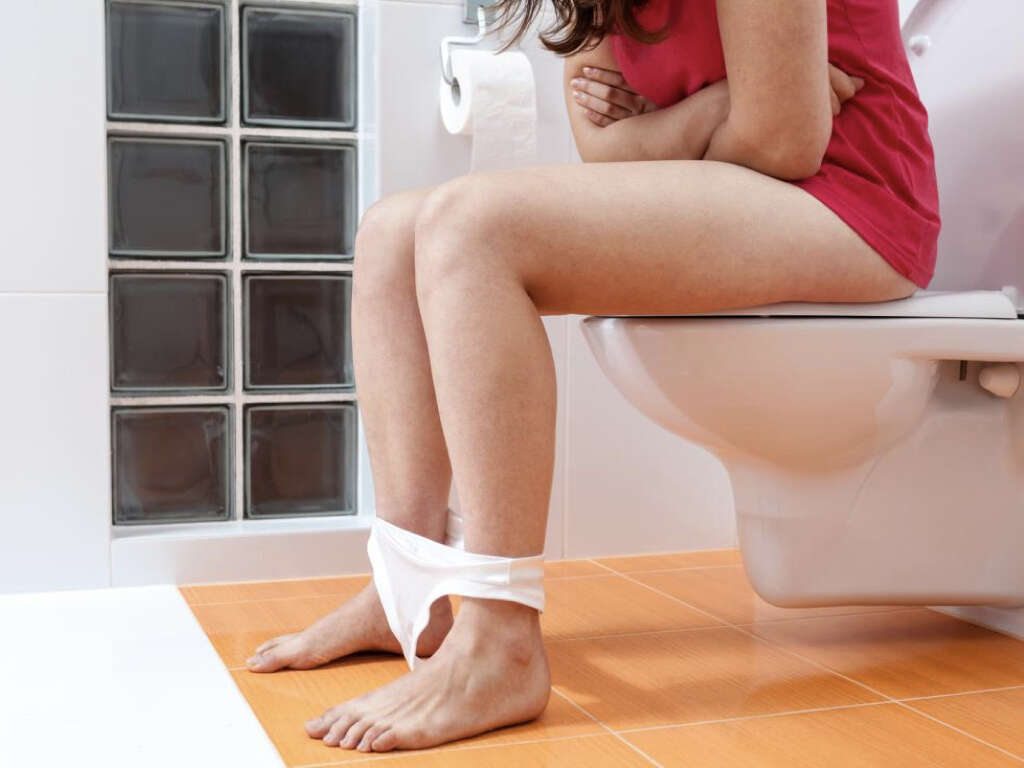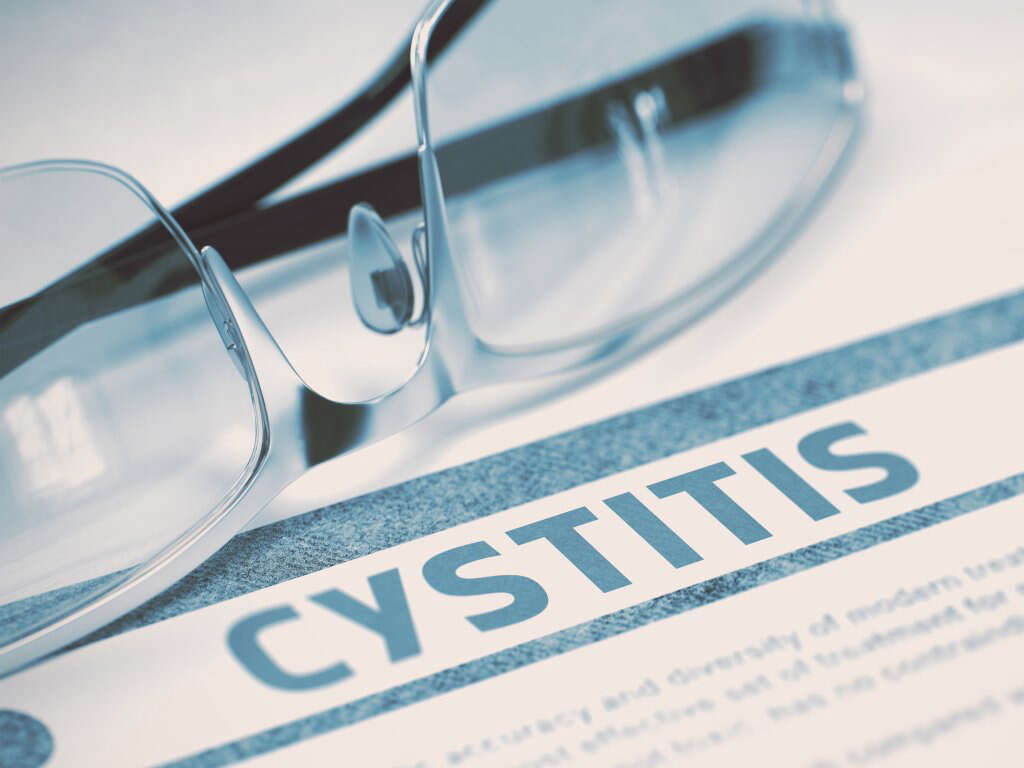What Is Cystitis?
Inflammation is one of the immune system’s first responses to an invading pathogen, allergen, or environmental irritant. Immune cells release chemical signals to increase blood flow, which in turn cause the area to swell, redden, and hurt. A familiar example of inflammation of the skin is a sunburn.
Inflammation can occur inside the body, too. Even though you cannot see it directly, the sensitive lining of the bladder becomes red, swollen, and painful in the condition known as cystitis. Learn what causes different types of cystitis and how doctors’ diagnosis and treat them.

1. Symptoms
Cystitis causes frequent, strong urges to urinate; as a result, children may wet themselves during the day and adults have their normal routines interrupted. Once in the bathroom, a person may notice a burning sensation as urine leaves the body. There is often very little fluid passed during each attempt, and the urine itself may appear cloudy, bloody, or strong-smelling.
Discomfort in the pelvic region is another symptom. Some people experience it as severe pain, while others may only be aware of pressure in the area below the belly button. As the condition progresses, immune cells in the urinary system send chemical messengers called pyrogens to the brain, resulting in fever.

2. Bacterial Cystitis
Bacterial infection occurs either when bacteria from the outside enter through the urethra, or those naturally on the inside grow out of control. Types most often encountered include Escherichia coli and Enterobacter. Most are bacteria found on a patient’s own body.
Rarer bacteria can cause more serious infections. One type is mycobacteria, a genus responsible for diseases like leprosy and tuberculosis. Another is chlamydia, a sexually transmitted disease that behaves much like a virus. Bacteroides fragilis is a bacterium from the colon that can survive without oxygen and is resistant to most antibiotics.

3. Non-Bacterial Cystitis
Other microorganisms besides bacteria also cause cystitis. When adenovirus or cytomegalovirus infect the lower urinary system, they cause a more serious form of the illness that causes the lining of the bladder to bleed. This is a rare condition that is generally seen only in immunocompromised patients, such as those undergoing cancer treatment.
Candida, the microorganism responsible for yeast infections, also causes cystitis. Cryptococcus and aspergillus are other fungi that infect the kidneys of patients with diabetes, especially those who use catheters. In some tropical areas, parasitic flatworms penetrate the skin and develop inside the bladder where they lay eggs and cause inflammation.

4. Irritant Cystitis
In the same way that abrasions, cuts, and chemicals can irritate the skin, various environmental factors also inflame parts of the urinary system. Soaps, perfumes, and bubble baths can all cause urinary pain. Nicotine is a known bladder irritant, and smokers are at increased risk of several urinary problems.
Catheters rub against the urethra and may create small cuts in its lining. Besides allowing microorganisms to cause infections, the lesions turn into papillary-polypoid cystitis, a condition observed in middle-aged men who use catheters frequently or for long periods. Radiation also can damage the bladder and causes similar symptoms.

5. Natural Causes
Sometimes, changes happening within the body cause cystitis. For example, not drinking enough fluids makes the urine less dilute, and concentrated waste products then irritate the bladder. In a similar way, people with diabetes have a doubled risk of infection due to the high level of sugar in their urine.
Hormone changes can cause cystitis as well. The epithelial tissues of the urethra and bladder atrophy as a woman goes through menopause, causing symptoms known as atrophic cystitis. During pregnancy, the openings to the urethra and bladder relax, creating a potential for infection.

6. Rare Forms of Cystitis
A few rare forms of cystitis exist. For example, people with autoimmune diseases like lupus can experience bladder inflammation due to an accumulation of eosinophils. Xanthogranulomatous cystitis is another rare form associated with surgical sutures or intestinal remnants of urachal surgery performed shortly after birth.
Interstitial cystitis, also known as Hunner or painful bladder syndrome, is a rare disease most often seen in middle-aged women. In severe cases, people with the condition report going to the bathroom up to 60 times in a 24-hour period. Besides pain in the pelvis, this condition also affects the perineum.

7. The Difference Between Cystitis and UTI
A urinary tract infection refers to an infection anywhere along the path urine takes as it begins in the kidneys, passes through the ureters, is stored in the bladder, and finally exits the body through the urethra. Most people use the terms cystitis and UTI to describe the same set of symptoms, but a UTI is only one type of cystitis.
Some people also refer to bladder and kidney infections as UTIs, but they also are distinct types of cystitis. A bladder infection results from overgrowth of bacteria inside the bladder, and a kidney infection can occur when a bladder infection spreads up the ureters and into one or both kidneys.

8. Prevention
Staying hydrated helps flush out the urinary system to prevent the growth of pathogens. Fluid requirements vary depending upon a person’s activity level, but a good rule of thumb is to drink enough so that the urine is the color of straw. Avoiding caffeine, alcohol, and nicotine can reduce bladder irritation.
Keeping the genital area clean also prevents infection. Women should wipe front to back after using the bathroom and should choose tampons over pads during menstruation. After sex, it is important for both men and women to empty the bladder completely.

9. Diagnosis
Testing a urine sample for the presence of white blood cells can determine whether a patient has cystitis. If the test is positive, a doctor confirms the diagnosis by looking at the urine under a microscope. Sometimes negative results also are double-checked by microscopy.
To discover the cause of inflammation, a urine sample is cultured in a petri dish. If more than 1000 colony-forming units (CFU) per milliliter of urine are found, then a diagnosis of cystitis is made, especially in men. More 10,000 CFU indicates a kidney infection, and more than 100,000 indicates a widespread bacterial infection.

10. Treatment
Oral antibiotics are effective against bacterial infections but do not kill fungi or viruses. The medicines most commonly prescribed are nitrofurantoin, trimethoprim-sulfamethoxazole monohydrate, and fosfomycin. These substances all are effective at killing gram-negative bacteria like E. coli, which is the most common source of bacterial infection.
Mild cases of cystitis can resolve themselves without medical treatment, especially if caused by a triggering substance which then is removed. Medicines containing sodium citrate make the urine less acidic and thus help ease symptoms. There is some evidence that drinking pure cranberry juice alleviates symptoms in younger women, but other studies have shown it to have no effect.











